Regarding this issue, Dak Lak Newspaper and Radio and Television reporters talked with him, Deputy Director of Dak Lak Department of Construction.
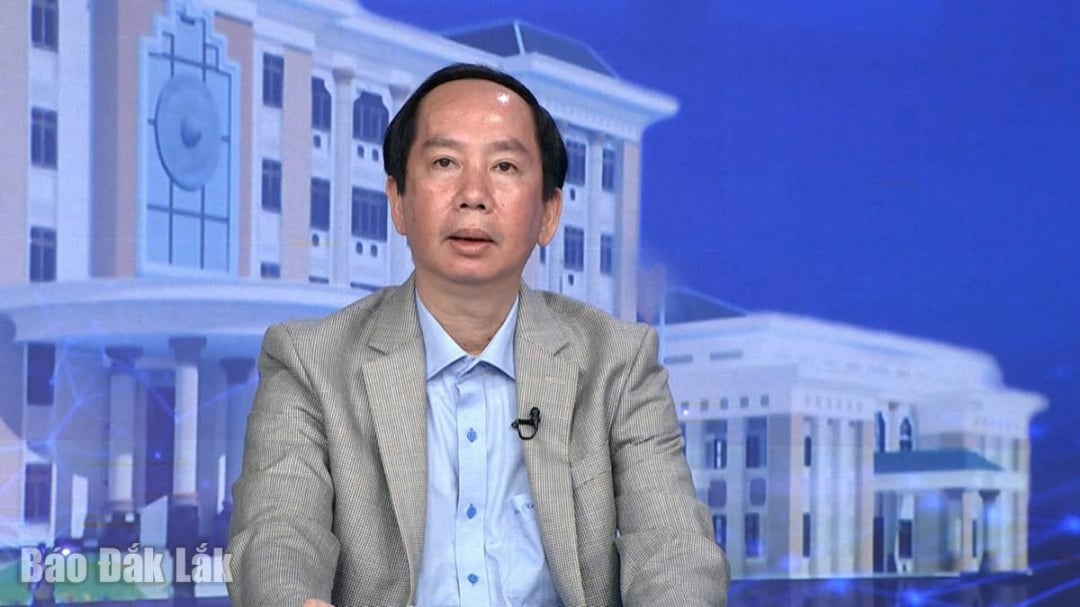 |
| Mr. Vo Ke Thang, Deputy Director of Dak Lak Department of Construction. |
♦ What is the difference between the 2024 Road Law and the 2008 Road Traffic Law, sir?
The 2024 Road Law is built on the spirit of comprehensive innovation and clear reform compared to the 2008 Road Traffic Law. If in the past, a law covered all road traffic activities, infrastructure, transportation to traffic order and safety, now the contents on traffic rules, drivers and vehicles participating in traffic have been transferred to the 2024 Road Traffic Order and Safety Law. This helps each law focus on specialized fields, thereby improving the effectiveness and efficiency of management and enforcement.
A notable new point is that the 2024 Road Law has supplemented and clearly regulated the comprehensive management of the road system, including previously rarely mentioned types such as: village roads, alleys, lanes... This is consistent with the reality of urbanization and the need for synchronous connection from the Central to the local level. The Law promotes decentralization and delegation of power to localities, especially the Provincial People's Committee in managing, investing, exploiting, and maintaining roads, including national highways when decentralized. This decentralization goes hand in hand with clear responsibilities and authorities, along with specific regulations on resources to ensure feasibility when implemented in practice. Another new point for the first time in the legal system is that the Law devotes a chapter to regulating expressways, a particularly important type of infrastructure. The contents of investment, design, construction, operation and maintenance policies are all clearly regulated, creating a complete legal foundation for the development of the national expressway system in a modern, safe and sustainable direction.
All these new points show that the 2024 Road Law is not only legally updated but also demonstrates a strategic vision in building a modern, synchronous transport system, in line with the country's development orientation in the coming period.
♦ For a long time, land funds for road infrastructure, especially in urban areas, have often not met practical requirements. So how does the 2024 Road Law regulate to solve this problem?
The shortage of land for road infrastructure, especially in large cities, has existed for many years. This is one of the main causes of infrastructure overload and traffic congestion. In response to this reality, the Road Law 2024 provides very specific regulations to address this issue.
First of all, the Law clearly defines the principles of land allocation for road infrastructure that must be consistent with the road network planning; provincial land use planning and plans and other related plans. This is the legal basis to ensure consistency and synchronization between types of planning. The Law stipulates that the ratio of land for traffic to the total urban construction land area is from 11% to 26%. This ratio is determined based on the standards for infrastructure development, architecture and landscape of each urban area.
For urban areas with special factors as prescribed by the National Assembly Standing Committee, the Law requires the land ratio for traffic to reach at least 50% compared to the general prescribed ratio. This is a strong step to improve traffic infrastructure in areas with special natural and social conditions.
With new and specific regulations, the 2024 Road Law is creating a clear legal corridor for localities to proactively arrange, protect and develop land funds for traffic infrastructure, meeting the requirements of sustainable urban development in the future.
 |
| Dak Lak province focuses resources on developing road traffic infrastructure. |
♦ Sir, after the 2024 Road Law was issued, how did Dak Lak province organize the implementation of the law's provisions so that the law could quickly come into effect?
During the process of drafting the 2024 Road Law, the Department of Construction, formerly the Department of Transport, was assigned to collect comments from departments, branches, sectors, and People's Committees of districts, towns, and cities in the area. After fully synthesizing comments, the Department of Construction compiled, reported, and advised the Provincial People's Committee to issue a document of comments to send to competent central agencies.
After the 2024 Road Law was issued, the Department of Construction proactively assigned tasks to specialized units to advise and issue detailed regulations and implementation instructions in accordance with local practices. At the same time, closely coordinate with media agencies, relevant departments, branches and local authorities to widely disseminate the basic contents of the 2024 Road Law and accompanying guidance documents.
Propaganda is deployed in a diverse and flexible manner such as: direct and online training; document distribution; promoting communication in the press and social networks... to ensure that people and businesses grasp, correctly understand and strictly implement the new regulations.
In order for the Road Law 2024 to truly come into effect, in addition to the efforts of state management agencies, it is necessary to have the accompaniment and proactive approach from the people and businesses. Therefore, the Department of Construction always puts the propaganda and dissemination of the law at the top of its list during the implementation process.
♦ Thank you!
Nhu Quynh (performed)
Source: https://baodaklak.vn/kinh-te/202507/nen-tang-phap-ly-phat-trien-giao-thong-hien-dai-ben-vung-57e15b7/



![[Photo] Prime Minister Pham Minh Chinh and South African President Matamela Cyril Ramaphosa attend the business forum](https://vphoto.vietnam.vn/thumb/1200x675/vietnam/resource/IMAGE/2025/10/24/1761302295638_dsc-0409-jpg.webp)
![[Photo] Solemn funeral of former Vice Chairman of the Council of Ministers Tran Phuong](https://vphoto.vietnam.vn/thumb/1200x675/vietnam/resource/IMAGE/2025/10/24/1761295093441_tang-le-tran-phuong-1998-4576-jpg.webp)
![[Photo] Prime Minister Pham Minh Chinh chairs conference on breakthrough solutions for social housing development](https://vphoto.vietnam.vn/thumb/1200x675/vietnam/resource/IMAGE/2025/10/24/1761294193033_dsc-0146-7834-jpg.webp)
![[Photo] President Luong Cuong chaired the welcoming ceremony and held talks with United Nations Secretary-General Antonio Guterres](https://vphoto.vietnam.vn/thumb/1200x675/vietnam/resource/IMAGE/2025/10/24/1761304699186_ndo_br_1-jpg.webp)

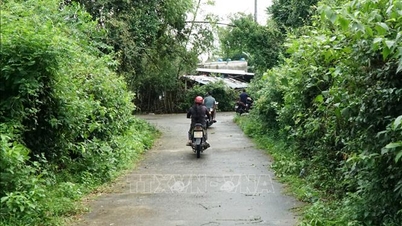

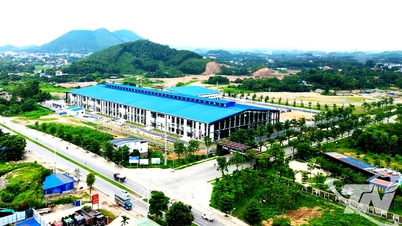

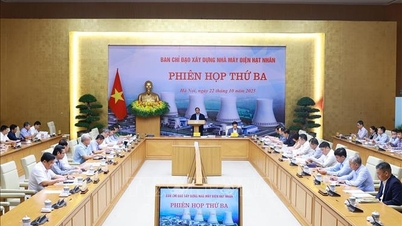
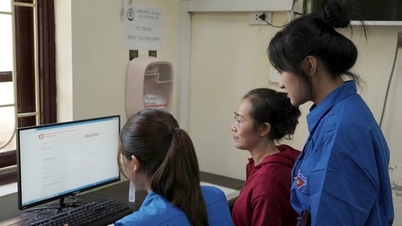

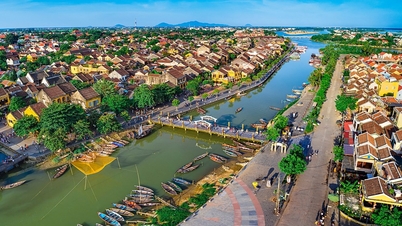

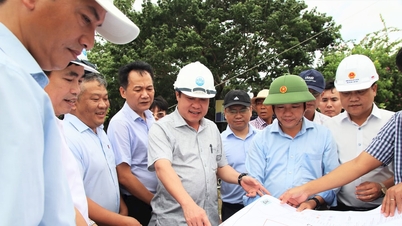





















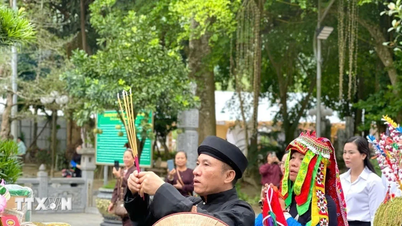


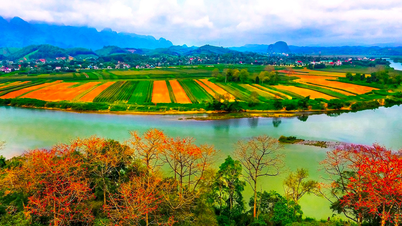
















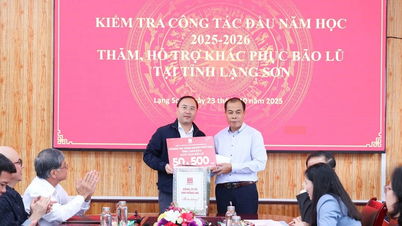

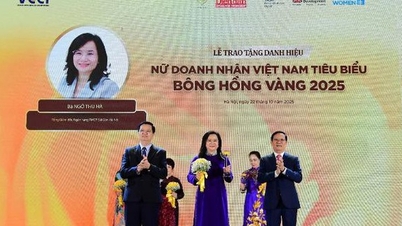



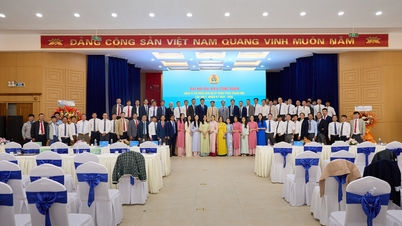
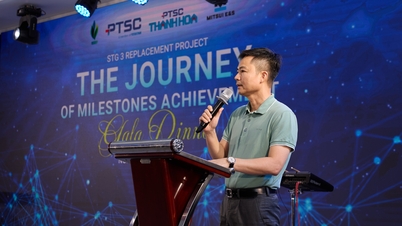













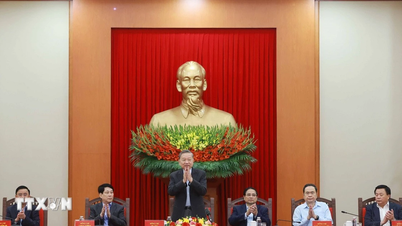
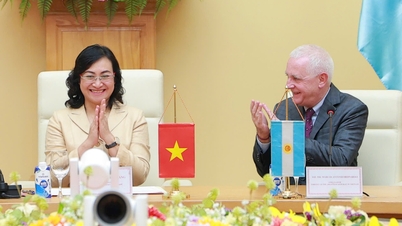




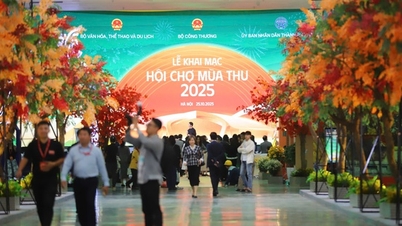
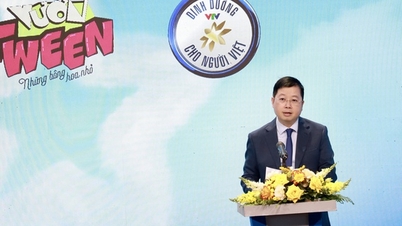
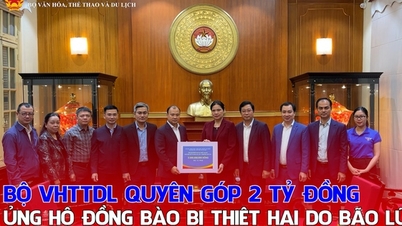
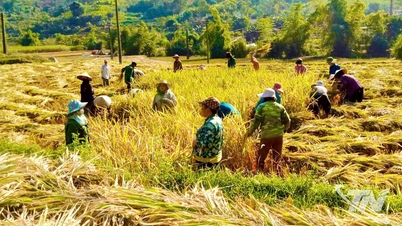
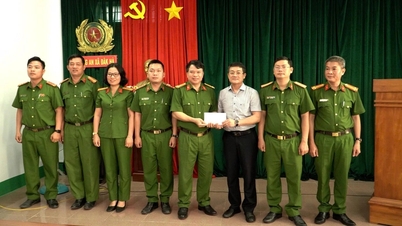



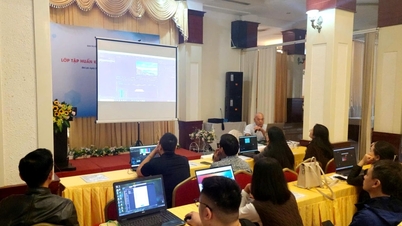


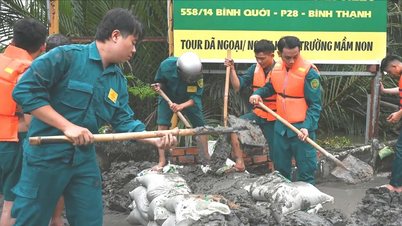
















Comment (0)